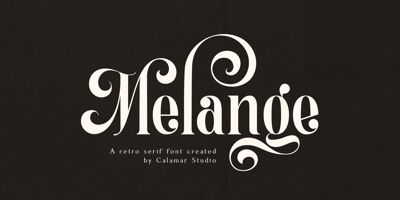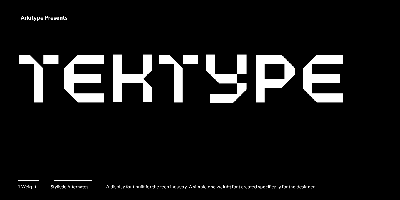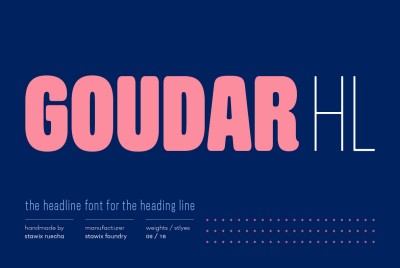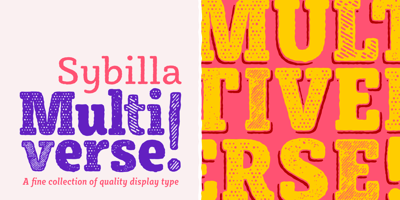How to Create a Font: The Key Stages of Typeface Design
How to Create a Font: The Key Stages of Typeface Design
Ever wondered how fonts are made? Every typeface you see—whether on a website, a book, or a brand logo—was meticulously crafted by a designer who shaped each letter with purpose.
Creating a font isn’t just about drawing letters. It’s about crafting a system of forms that communicate style, tone, and functionality. In this post, we’ll walk you through the major stages of typeface design, from initial idea to fully functioning font file.
Why Create Your Own Font?
Designers create fonts to:
-
Bring a unique visual voice to a brand or project
-
Explore typographic expression beyond existing typefaces
-
Solve functional problems (like legibility at small sizes or foreign language support)
-
Flex creative muscles and stand out in the design world
Stage 1: Concept & Research
Before touching a pen or mouse, every great typeface starts with a concept.
Ask yourself:
-
What is the purpose of this font?
-
Who is the audience?
-
What feeling or tone should it evoke?
-
Will it be display, text, or monospaced?
Study existing typefaces in your niche. Research type history, cultural references, and letterform structures that match your vision.
Stage 2: Sketching Ideas
Start sketching basic characters by hand or digitally. Most designers begin with the “control characters”:
n, o, H, O, a, d – These give you the foundational curves, stems, and spacing behavior.
You’re not just drawing shapes—you’re building a system that must stay consistent across 100+ glyphs.
Tips:
-
Use grid paper or type design software templates
-
Start with lowercase, then uppercase
-
Focus on proportions, contrast, and rhythm
Stage 3: Digitizing Your Letterforms
Time to move from paper to pixels.
Use software like:
-
Glyphs App (Mac) – Intuitive and powerful
-
FontLab – Deep feature set for pros
-
RoboFont – Scriptable and modular
-
FontForge (Free) – Open-source, beginner-friendly
Import your sketches or build from scratch with Bézier curves. This is where precision and patience matter. You’ll refine every curve, corner, and terminal.
Stage 4: Building the Character Set
Once your core characters are solid, expand your set:
-
Full uppercase and lowercase
-
Numbers and punctuation
-
Accents for multilingual support (à, é, ü, etc.)
-
Optional: Symbols, currency, ligatures (like “fi”, “fl”)
Most fonts need at least 220+ glyphs for basic use. Pro fonts may contain 1000+.
Stage 5: Spacing & Kerning
This is where your font goes from “pretty” to “professional.”
-
Spacing: Adjust the side bearings (space on each side of a letter). This affects how the text flows.
-
Kerning: Fine-tune the space between specific letter pairs (e.g., AV, To, Wa).
Use spacing tools in your font software, and test real text (not just “Hamburgerfontsiv”).
Stage 6: Testing & Refinement
Export your font in .otf, .ttf, or .woff2 format and test it in real environments:
-
Create sample paragraphs
-
Test at different sizes and resolutions
-
Print it out for paper-based legibility
-
Use it in UI mockups
Look for spacing issues, inconsistent shapes, or readability problems. This step takes time, but it’s crucial.
Stage 7: Export & Distribute
Once you're happy with your typeface:
-
Export it in necessary formats
-
Write up a font license (free, commercial, open-source, etc.)
-
Create marketing visuals and a font specimen
-
Publish on platforms like:
-
Free For Fonts (for curated exposure!)
Final Thoughts
Creating a font is a journey of form, rhythm, and personality. It’s not just about making letters—it’s about giving them life and letting them speak for others.
Whether you’re building a full-fledged typeface or crafting a custom logo font, understanding the process unlocks a whole new level of design mastery.
Because behind every beautiful letter is a brilliant mind—and a whole lot of Bézier curves.





